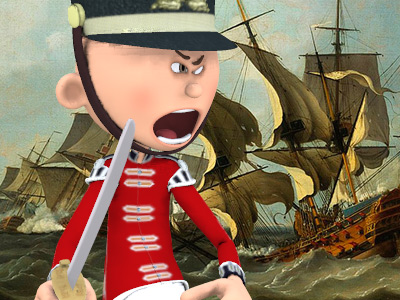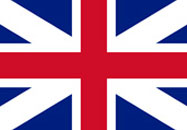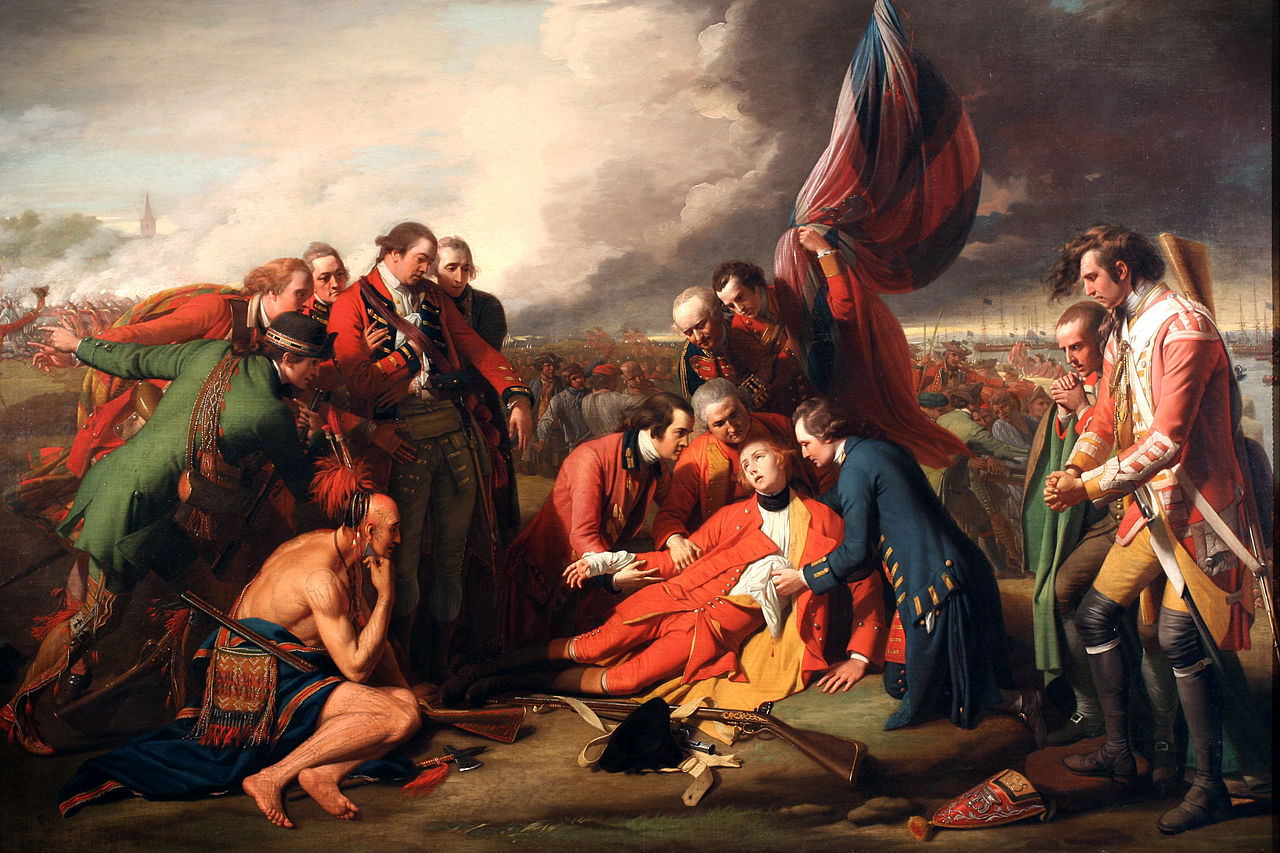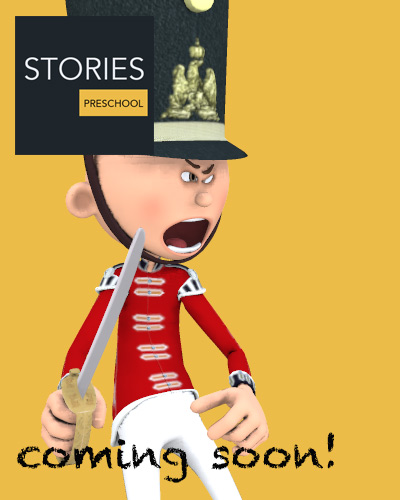Seven Years' War (1756-1763)
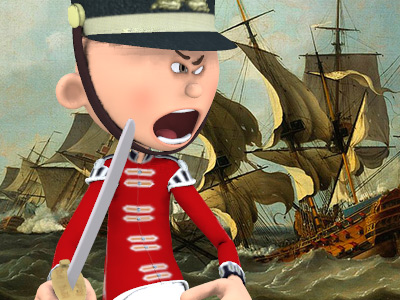
Europe 1761-1762
Prussia began the 1761 campaign with just 100,000 available troops, many of them new recruits, and its situation seemed desperate. However, the Austrian and Russian forces were also heavily depleted and could not launch a major offensive.

Siege of Kolberg (1761)

Siege of Kolberg (1761)
( Click image to enlarge)
In February 1761 Duke Ferdinand of Brunswick surprised French troops at Langensalza and then advanced to besiege Cassel in March. He was forced to lift the siege and retreat after French forces regrouped and captured several thousand of his men at the Battle of Grünberg. At the Battle of Villinghausen, forces under Prince Ferdinand of Brunswick defeated a 92,000-man French army.

Operations of Russian army on Polish-Lithuanian territory, 1756–1763

Operations of Russian army on Polish-Lithuanian territory, 1756–1763
( Click image to enlarge)
On the eastern front, progress was very slow. The Russian Russian Empire was an empire and the final period of the Russian monarchy from 1721 to 1917, ruling across large parts of Eurasia. The rise of the Russian Empire coincided with the decline of neighbouring rival powers: the Swedish Empire, the Polish–Lithuanian Commonwealth, Qajar Iran, the Ottoman Empire, and Qing China. Russia remains the third-largest empire in history, surpassed only by the British Empire and the Mongol Empire. army was heavily dependent upon its main magazines in Poland, and the Prussian army launched several successful raids against them. One of them, led by general Platen in September resulted in the loss of 2,000 Russians, mostly captured, and the destruction of 5,000 wagons. Deprived of men, the Prussians had to resort to this new sort of warfare, raiding, to delay the advance of their enemies. Nonetheless, at the end of the year, they suffered two critical setbacks. The Russians under Zakhar Chernyshev and Pyotr Rumyantsev stormed Kolberg in Pomerania, while the Austrians captured Schweidnitz. The loss of Kolberg cost Prussia
Russian Empire was an empire and the final period of the Russian monarchy from 1721 to 1917, ruling across large parts of Eurasia. The rise of the Russian Empire coincided with the decline of neighbouring rival powers: the Swedish Empire, the Polish–Lithuanian Commonwealth, Qajar Iran, the Ottoman Empire, and Qing China. Russia remains the third-largest empire in history, surpassed only by the British Empire and the Mongol Empire. army was heavily dependent upon its main magazines in Poland, and the Prussian army launched several successful raids against them. One of them, led by general Platen in September resulted in the loss of 2,000 Russians, mostly captured, and the destruction of 5,000 wagons. Deprived of men, the Prussians had to resort to this new sort of warfare, raiding, to delay the advance of their enemies. Nonetheless, at the end of the year, they suffered two critical setbacks. The Russians under Zakhar Chernyshev and Pyotr Rumyantsev stormed Kolberg in Pomerania, while the Austrians captured Schweidnitz. The loss of Kolberg cost Prussia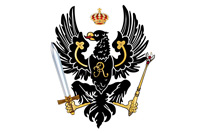 The Kingdom of Prussia was a German kingdom that constituted the state of Prussia between 1701 and 1918. It was the driving force behind the unification of Germany in 1871 and was the leading state of the German Empire until its dissolution in 1918. Although it took its name from the region called Prussia, it was based in the Margraviate of Brandenburg. Its capital was Berlin. its last port on the Baltic Sea. A major problem for the Russians throughout the war had always been their weak logistics, which prevented their generals from following up their victories, and now with the fall of Kolberg, the Russians could at long last supply their armies in Central Europe via the sea. The fact that the Russians could now supply their armies over the sea, which was considerably faster and safer (Prussian cavalry could not intercept Russian ships in the Baltic) than over the land threatened to swing the balance of power decisively against Prussia. In Britain, it was speculated that a total Prussian collapse was now imminent.
The Kingdom of Prussia was a German kingdom that constituted the state of Prussia between 1701 and 1918. It was the driving force behind the unification of Germany in 1871 and was the leading state of the German Empire until its dissolution in 1918. Although it took its name from the region called Prussia, it was based in the Margraviate of Brandenburg. Its capital was Berlin. its last port on the Baltic Sea. A major problem for the Russians throughout the war had always been their weak logistics, which prevented their generals from following up their victories, and now with the fall of Kolberg, the Russians could at long last supply their armies in Central Europe via the sea. The fact that the Russians could now supply their armies over the sea, which was considerably faster and safer (Prussian cavalry could not intercept Russian ships in the Baltic) than over the land threatened to swing the balance of power decisively against Prussia. In Britain, it was speculated that a total Prussian collapse was now imminent.
Great Britain The Kingdom of Great Britain was a sovereign country in Western Europe from 1 May 1707 to the end of 31 December 1800. The state was created by the 1706 Treaty of Union and ratified by the Acts of Union 1707, which united the kingdoms of England (which included Wales) and Scotland to form a single kingdom encompassing the whole island of Great Britain and its outlying islands, with the exception of the Isle of Man and the Channel Islands. now threatened to withdraw its subsidies if Prussia did not consider offering concessions to secure peace. As the Prussian armies had dwindled to just 60,000 men and with Berlin itself about to come under siege, Frederick's survival was severely threatened. Then on 5 January 1762 the Russian Empress Elizabeth died. Her Prussophile successor, Peter III, at once ended the Russian occupation of East Prussia and Pomerania and mediated Frederick's truce with Sweden. He also placed a corps of his own troops under Frederick's command. This turn of events has become known as "the Miracle of the House of Brandenburg". Frederick was then able to muster a larger army, of 120,000 men, and concentrate it against Austria
The Kingdom of Great Britain was a sovereign country in Western Europe from 1 May 1707 to the end of 31 December 1800. The state was created by the 1706 Treaty of Union and ratified by the Acts of Union 1707, which united the kingdoms of England (which included Wales) and Scotland to form a single kingdom encompassing the whole island of Great Britain and its outlying islands, with the exception of the Isle of Man and the Channel Islands. now threatened to withdraw its subsidies if Prussia did not consider offering concessions to secure peace. As the Prussian armies had dwindled to just 60,000 men and with Berlin itself about to come under siege, Frederick's survival was severely threatened. Then on 5 January 1762 the Russian Empress Elizabeth died. Her Prussophile successor, Peter III, at once ended the Russian occupation of East Prussia and Pomerania and mediated Frederick's truce with Sweden. He also placed a corps of his own troops under Frederick's command. This turn of events has become known as "the Miracle of the House of Brandenburg". Frederick was then able to muster a larger army, of 120,000 men, and concentrate it against Austria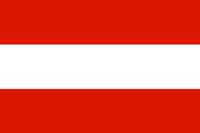 The Archduchy of Austria was a major principality of the Holy Roman Empire and the nucleus of the Habsburg monarchy. With its capital at Vienna, the archduchy was centered at the Empire's southeastern periphery. The archduchy's history as an imperial state ended with the dissolution of the Holy Roman Empire in 1806. It was replaced with the Lower and Upper Austria crown lands of the Austrian Empire.. He drove them from much of Saxony, while his brother Henry won a victory in Silesia in the Battle of Freiberg (29 October 1762). At the same time, his Brunswick allies captured the key town of Göttingen and compounded this by taking Cassel.
The Archduchy of Austria was a major principality of the Holy Roman Empire and the nucleus of the Habsburg monarchy. With its capital at Vienna, the archduchy was centered at the Empire's southeastern periphery. The archduchy's history as an imperial state ended with the dissolution of the Holy Roman Empire in 1806. It was replaced with the Lower and Upper Austria crown lands of the Austrian Empire.. He drove them from much of Saxony, while his brother Henry won a victory in Silesia in the Battle of Freiberg (29 October 1762). At the same time, his Brunswick allies captured the key town of Göttingen and compounded this by taking Cassel.
1762 brought two new countries into the war. Britain declared war against Spain The Spanish Empire was a colonial empire governed by Spain and its predecessor states between 1492 and 1976. One of the largest empires in history, it was the first to usher the European Age of Discovery and achieve a global scale, controlling vast territory. It was one of the most powerful empires of the early modern period, reaching its maximum extent in the 18th century. on 4 January 1762; Spain reacted by issuing their own declaration of war against Britain on 18 January. Portugal followed by joining the war on Britain's side. Spain, aided by the French
The Spanish Empire was a colonial empire governed by Spain and its predecessor states between 1492 and 1976. One of the largest empires in history, it was the first to usher the European Age of Discovery and achieve a global scale, controlling vast territory. It was one of the most powerful empires of the early modern period, reaching its maximum extent in the 18th century. on 4 January 1762; Spain reacted by issuing their own declaration of war against Britain on 18 January. Portugal followed by joining the war on Britain's side. Spain, aided by the French The Kingdom of France is the historiographical name or umbrella term given to various political entities of France in the medieval and early modern period. It was one of the most powerful states in Europe since the High Middle Ages. It was also an early colonial power, with possessions around the world. Colonial conflicts with Great Britain led to the loss of much of its North American holdings by 1763. The Kingdom of France adopted a written constitution in 1791, but the Kingdom was abolished a year later and replaced with the First French Republic., launched an invasion of Portugal and succeeded in capturing Almeida. The arrival of British reinforcements stalled a further Spanish advance, and the Battle of Valencia de Alcántara saw British-Portuguese forces overrun a major Spanish supply base. The invaders were stopped on the heights in front of Abrantes (called the pass to Lisbon) where the Anglo-Portuguese were entrenched. Eventually the Anglo-Portuguese army, aided by guerrillas and practicing a scorched earth strategy, chased the greatly reduced Franco-Spanish army back to Spain, recovering almost all the lost towns, among them the Spanish headquarters in Castelo Branco full of wounded and sick that had been left behind.
The Kingdom of France is the historiographical name or umbrella term given to various political entities of France in the medieval and early modern period. It was one of the most powerful states in Europe since the High Middle Ages. It was also an early colonial power, with possessions around the world. Colonial conflicts with Great Britain led to the loss of much of its North American holdings by 1763. The Kingdom of France adopted a written constitution in 1791, but the Kingdom was abolished a year later and replaced with the First French Republic., launched an invasion of Portugal and succeeded in capturing Almeida. The arrival of British reinforcements stalled a further Spanish advance, and the Battle of Valencia de Alcántara saw British-Portuguese forces overrun a major Spanish supply base. The invaders were stopped on the heights in front of Abrantes (called the pass to Lisbon) where the Anglo-Portuguese were entrenched. Eventually the Anglo-Portuguese army, aided by guerrillas and practicing a scorched earth strategy, chased the greatly reduced Franco-Spanish army back to Spain, recovering almost all the lost towns, among them the Spanish headquarters in Castelo Branco full of wounded and sick that had been left behind.
Meanwhile, the long British naval blockade of French ports had sapped the morale of the French populace. Morale declined further when news of defeat in the Battle of Signal Hill in Newfoundland reached Paris.
HISTORY
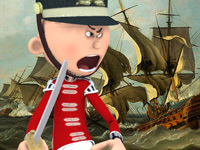
RESOURCES
This article uses material from the Wikipedia article "Seven Years' War", which is released under the Creative Commons Attribution-Share-Alike License 3.0.
© Stories Preschool. All Rights Reserved.
